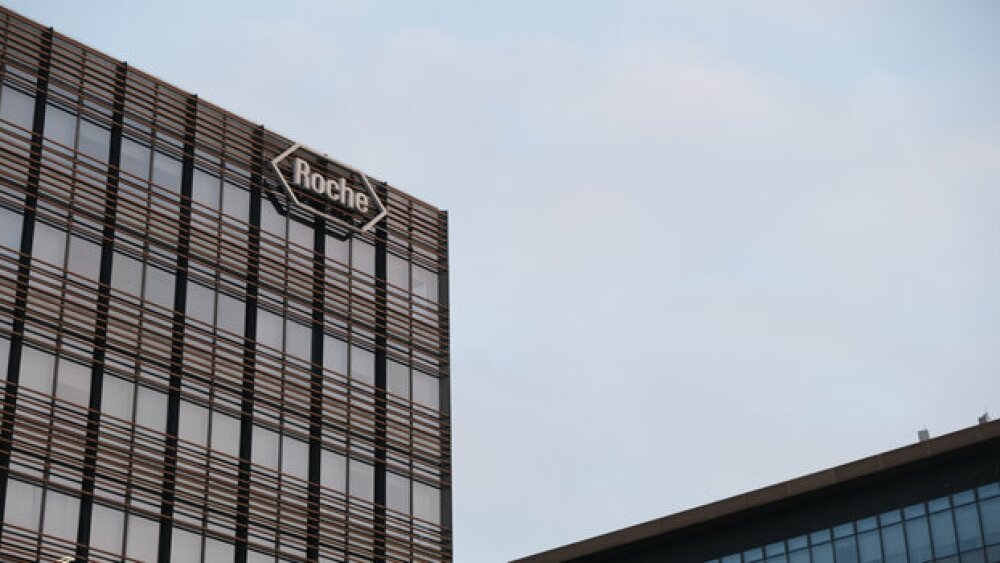Today President Donald Trump is expected to sign two bills that will release pharmacists from a so-called “gag order” that prevented them from telling customers when there is a price difference on medicines between paying cash or going through the insurance copay.
Pharmacists dispensing medicines to patients will now have some new authorities to help save money.
Today President Donald Trump is expected to sign two bills that will release pharmacists from a so-called “gag order” that prevented them from telling customers when there is a price difference on medicines between paying cash or going through the insurance copay. Prior to the signing of this bill, pharmacists were not allowed to inform customers of the price difference, Kaiser Health News reported.
The president is expected to sign two bills today, one for Medicare beneficiaries and another that concerns employment-based policies and individual policies. Both bills were overwhelmingly passed by Congress in September, KHN said.
While the White House declined to comment on the KHN report, Trump has used his Twitter account to express support for the legislation. Ahead of the Senate vote last month, the president tweeted that he supports “legislation that will remove gag clauses.” The legislative change was something that was part of the president’s blueprint to curb prescription drug prices unveiled in the spring.
Under the current rules, pharmacists can be fined for informing customers of the price difference, KHN said, citing Ronna Hauser, vice president of payment policy and regulatory affairs at the National Community Pharmacists Association. Hauser told KHN that members of the organization have said pharmacy benefit managers will call the pharmacists and warn them not to inform customers of the price difference. If a pharmacist did tell a customer of the cost-savings between paying cash price versus insurance-sponsored copay, Hauser said that in addition to a potential fine, pharmacists could be dropped from insurance networks.
In its report, KHN noted that for Medicare Part D patients, there has been a significant amount of overpayment. Citing a report in the Journal of American Medical Association, KHN said in 2013 Medicare Part D-covered individuals overpaid for prescriptions by $135 million. The JAMA report showed that copayments were higher than the cash price for 25 percent of medications bought under Medicare Part D in 2013. The report said that patients overpaid by 33 percent for 12 of the 20 most commonly prescribed drugs.
While the legislation will release pharmacists from the gag order, it will not require them to inform customers of the potential savings by paying the cash price. Consumers will need to take the initiative and ask for the difference, KHN said.
In addition to eliminating the gag order, the White House’s healthcare proposal has included plans to require pharmaceutical companies to disclose the prices of prescription drugs in television advertisements, as well as the possibility of importing foreign drugs in case of shortages or price gouging. Earlier this year, Trump was successful in getting Pfizer to roll-back a second round of price hikes on some drugs. The administration has also suggested it might take a hard look at the use of drug rebates in prescription pricing. The rebates are part of the cost negotiated between drugmakers and pharmacy benefits managers (PBMs). The rebates are part of the current pricing system that are supposed to reduce the cost of prescription medications.
Despite the moves made by the White House though, the Associated Press reported this week that drug price increases “slowed somewhat and were not quite as steep as in past years.” Overall though, there has been no “massive” drug price cuts, BioSpace reported.





